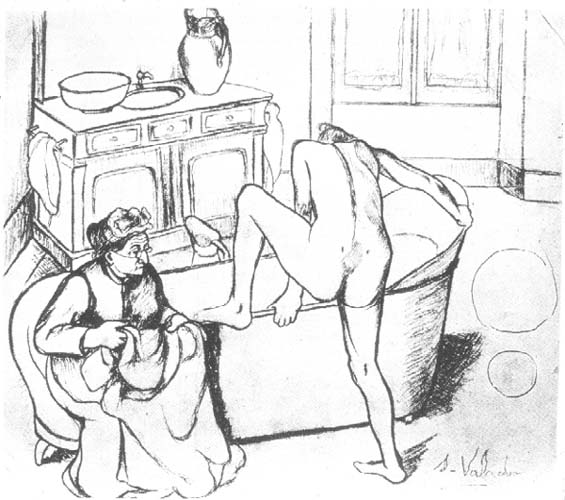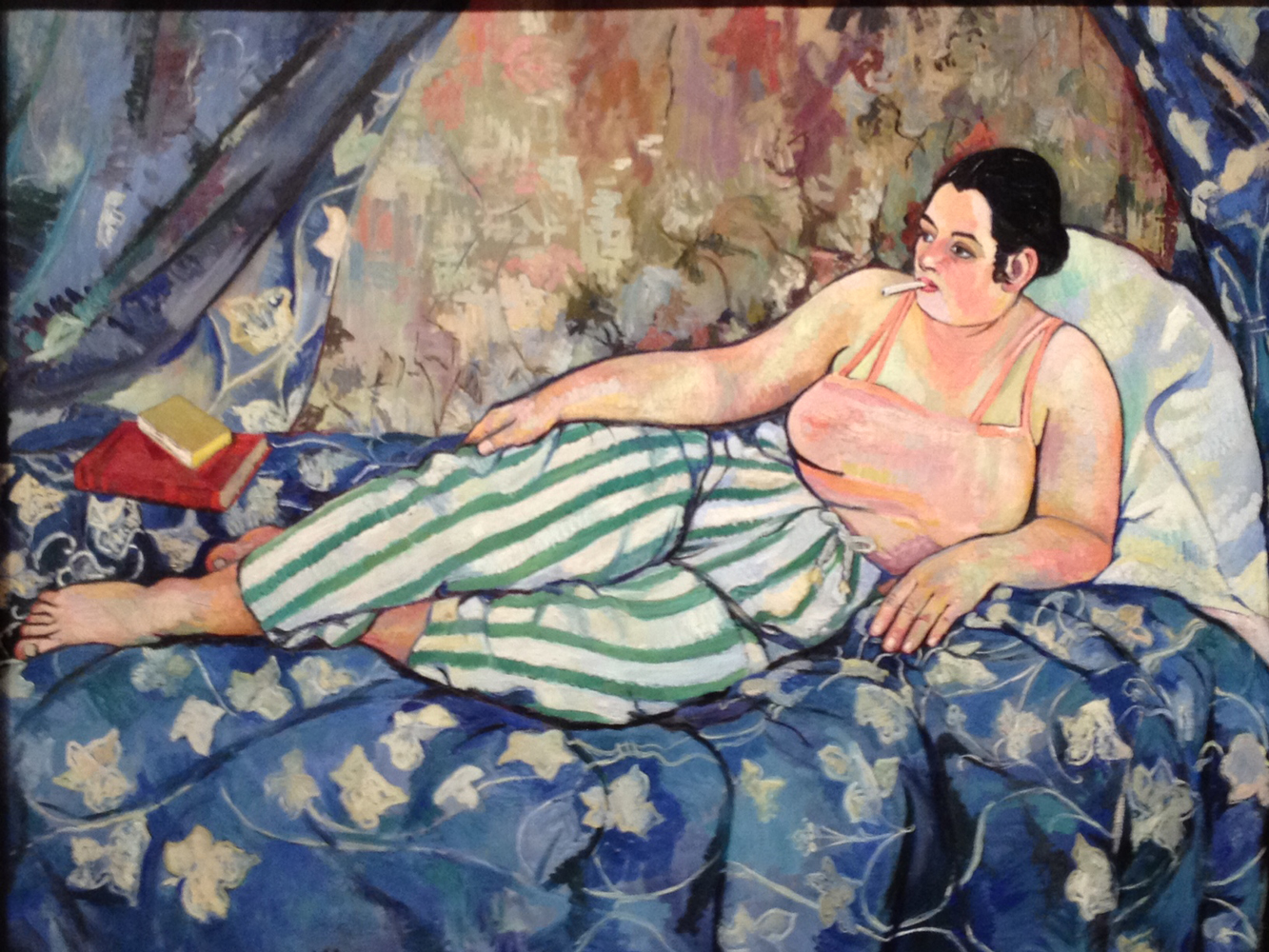Modernism is known as a character, practice, or thought; it is a modernist movement. During the modernism era, there were many movements that shaped art, and progressed the voices of many women artists. Many male artists during modernism such as, Renoir ("I paint with my prick") to Picasso ("Painting, that is actual lovemaking") "have collaborated in fusing the sexual and the artistic by equating artistic creation with the male sexual energy, presenting women as powerless and sexually subjugated." (279, Chadwick) This shows that women were still not taken seriously as artists or even as citizens. The female body is still being presented as an object not far from the whole idea of the Male Gaze. Women artists at the time tried to bring awareness to this deceit with their paintings. One of these women is Carol Duncan, who, in her article "Domination and Virility in Vanguard Painting", brings awareness to the vulnerability women are in because of men. She targets the Cubists, Fauves, and the German Expressionists by "arguing that the vanguard myth of individual artistic freedom is built on sexual an social inequalities." (280, Chadwick) This lead to many other artists fighting for their sacred bodies; they were fed up with men portraying them as subjects just for their pleasure. Due to this revolution, Valadon decided to paint nude women in their full form; therefore, taking away all the vulnerability that men bestowed on them by already exposing themselves. Although she was reprimanded for her nudity and was not taken seriously, her work lived on and inspired many more. The only reason many did not find meaning behind this, and only saw it as nudity, was because they did not understand the position women were in, specifically, the men.
 |
|
|
During the mid Twentieth Century, the image of women in art begins to shift. Women are not portrayed as objects to be drooled over, but in fact, just regular unbothered women who do not care about other opinions. In Valadon's painting, she emphasis how the lady in the painting does not care about her appearance, and who is watching. She is minding her own business smoking a cigarette. The books in the background elude to the observer that she is in fact, educated. This is important because it shows how women are now seen as, not only in paintings but in real life because that is how they should be viewed as. This all stems from the influence of other artists trying to send a message to men that they also have power.
 |
| Suzanne Valadon The Blue Room 1923. |
| Guerrilla Girls, Do Women have to be Naked to get into the Met Museum? 1970. |
 |
| Yoko Ono Cut Piece 1933 |
 |
| Arne Quinze The Sequence 2008 |
Work Cited
Chadwick, Whitney. Women, Art, and Society. Thames & Hudson, 2007.
Duignan, Brian. “Postmodernism.” Encyclopædia Britannica, Encyclopædia Britannica, inc., 14 July 2017, www.britannica.com/topic/postmodernism-philosophy.
“MoMA Learning.” MoMA | Yoko Ono. Cut Piece. 1964, www.moma.org/learn/moma_learning/yoko-ono-cut-piece-1964.
“The Blue Room [Suzanne Valadon].” Sartle - See Art Differently, 18 Aug. 2015, www.sartle.com/artwork/the-blue-room-suzanne-valadon.
“The Guerrilla Girls Biography, Art, and Analysis of Works.” The Art Story, www.theartstory.org/artist-guerrilla-girls.htm.
No comments:
Post a Comment
Note: Only a member of this blog may post a comment.